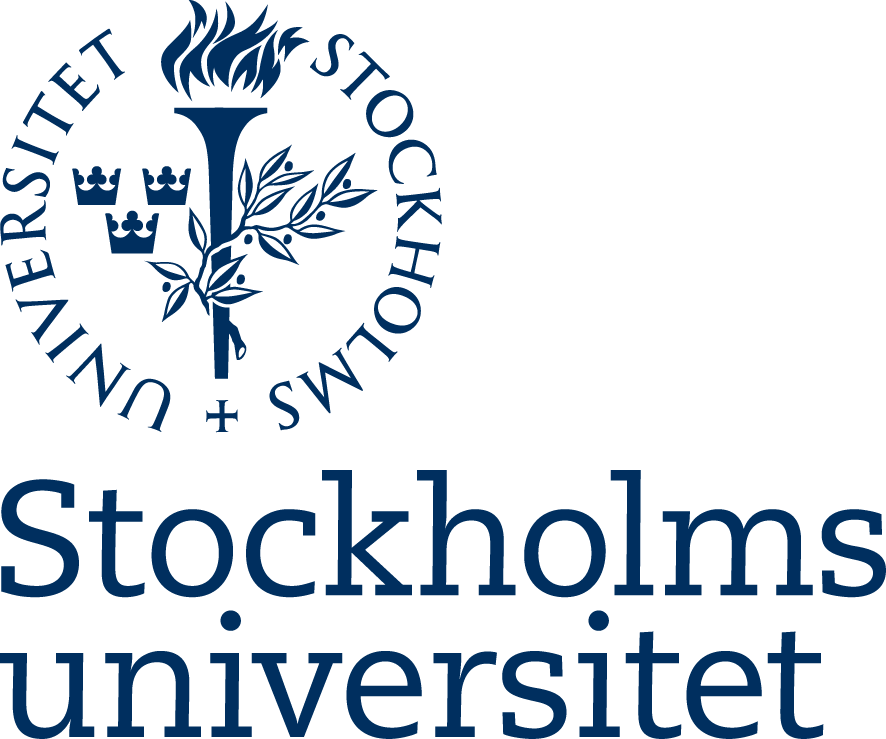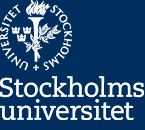Magisterkurs i beräkningsteknik, 60 hp
Denna utbildning är nedlagd
GrundnivåFakta
Fakta saknasBeskrivning
The Master of Science Course in Scientific Computing, gives competence in scientific computing with applications within certain areas of science, so that the students will gain ?knowledge of mathematical modelling, ?knowledge of methodology for scientific computing, ?knowledge of, and ability to master, different programming tools suitable for scientific computing problems, ?knowledge of different application areas of importance for research and industrial work.
The course consists of the following items ?Applied Numerical Methods, 6 credits, that gives knowledge of use, analysis, and implementation of advanced computer-oriented numerical methods for practical problem solving within the areas: numerical linear and nonlinear algebra, linear and nonlinear model fitting, approximation, ordinary and partial differential equation problems. ?Mathematical Models, Analysis and Simulation, part I,5 credits, that gives a coherent illumination of important parts of applied and numerical mathematics, and experience of numerical experiments using Matlab, so that the students will be able to analyze equilibrium models and dynamical systems with finite degrees of freedom both theoretically and computationally. ?Program Construction for Scientific Computing,4 credits, that gives knowledge of formulation of some of the partial differential equations of physics and numerical approximations of these equations, and of software design for a modern parallel computer, so that the students will be able to solve large scale, industrially relevant, computational problems. ?Introduction to High Performance Computing,5 credits, that gives an introduction to high performance computing and algorithms, detailed knowledge of programming for computers with shared and distributed memory, and detailed knowledge of performance optimization, so that the students will be able to use modern parallel computer systems on their own. ?Degree Project, 20 credits.
Students that already have accomplished a 10 credits degree project in scientific computing will not do the Degree Project, 20 credits, but instead the following three items ?The Finite Element Method, 4 credits, that gives knowledge of modern methods for computations, especially the finite element method for solving differential equations, ability to analyze the effectiveness and accuracy of computations, and mathematical knowledge of basic partial differential equations in applications, so that the students will be able to perform efficient and reliable computer simulations. ?Computational Fluid Dynamics with Applications, 6 credits, that gives the students familiarity with the differential equations for flow phenomena and numerical methods for their solution and experience in using and developing flow simulation software for the most important classes of flows in engineering and science. The theory and skills learned will enable students to understand properties and limitations of different mathematical and computational models and to undertake flow computations using current best practice for model and method selection, and assessment of the quality of results obtained. The students will also gain familiarity with industrial and/or research applications of computational fluid dynamics (CFD) and experience in using standard industrial and/or research CFD software. The skills learned will enable students to understand properties and limitations of standard CFD software and to undertake flow computations using current best practice for model and method selection, and assessment of the quality of results obtained. ?Degree Project, 10 credits. Students that have passed the course are qualified to apply for graduate studies in scientific computing. Application form is available on www.nada.kth.se/student-info/svl-su/magisterblankett.pdf (Swedish version) or www.nada.kth.se/student-info/svl-su/applicationform.pdf (English version)
Intresseområde: Naturvetenskap och matematik
Inom naturvetenskap fördjupar du dig i hur den fysiska världen hänger samman. Här jobbar du med teori och empiri, ofta med matematiken som ett av dina kraftfullaste redskap. Vill du ägna all din kraft åt att utforska matematikens skönhet läser du det som ett eget ämne.
Som naturvetare eller matematiker blir du attraktiv på en stor arbetsmarknad som finns inom alla delar av samhället och sträcker sig från rena teknikföretag, miljö och sjukvård till forskning.
Ämne
Beräkningsteknik
Datorerna påverkar nästan alla områden av tillvaron. De började dock sitt segertåg som ett hjälpmedel för numeriska beräkningar vid praktisk användning av matematik, och detta tillämpningsområde utvecklas fortfarande. Beräkningsarbete är numera att likna vid en industriell process som man övervakar, inte i alla detaljer, men i kritiska delar genom inspektion av väl valda delresultat. Beräkningsteknik är metodvetenskapen för konstruktion och undersökning av dessa processer. Ämnet innehåller matematisk analys, konstruktion och analys av numeriska algoritmer, programutveckling och numerisk experimentering. Särskilt viktiga är metoder för studier av hur små ändringar i data sprider sig till resultaten. Kombinationen av matematik och modern programvaruutveckling gör beräkningsteknikern mycket användbar för arbete med tekniska beräkningar inom många sektorer på arbetsmarknaden såsom tillverkningsindustri, konsultbranschen, forskning och utbildning.



